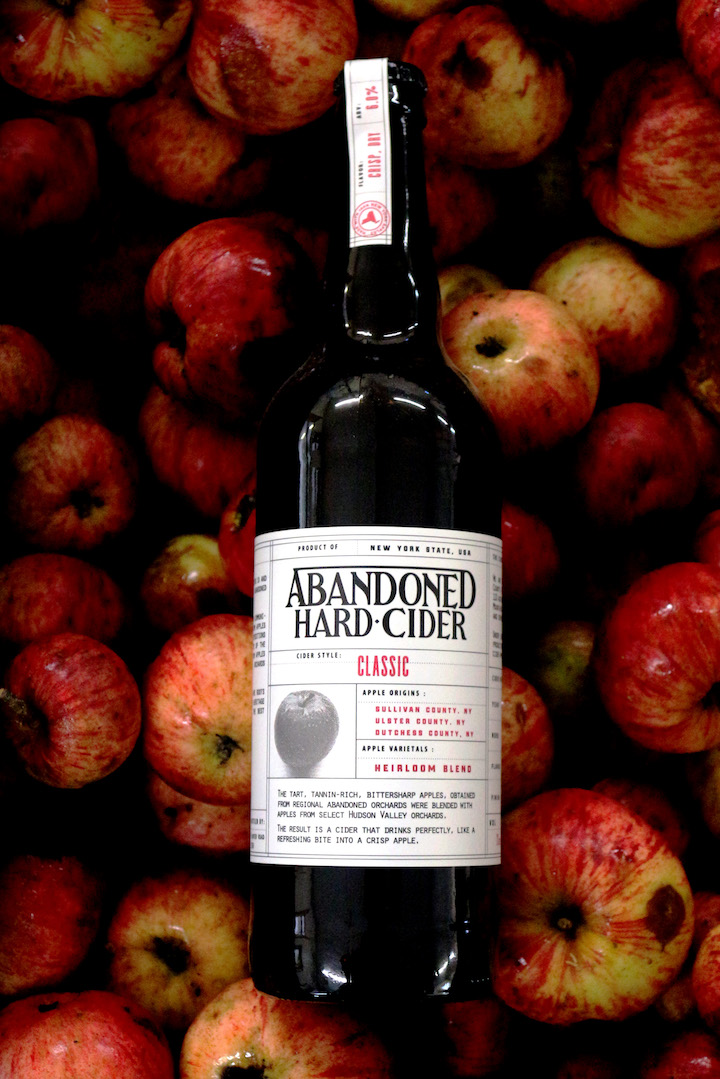My heart rate quickens as my eyes sweep across dozens of bright green fingers poking out of the ground. It’s as if a buried creature is starting to emerge . . . and launch an attack?!
It’s late March, and I’m on a lunch break hike in the woods. The forest is awash in gray and brown. No leaves, no flowers, no snow. Just drab. Then, as I drop down into a low, flat stream bed, something colorful catches my eye.
My heart rate quickens as my eyes sweep across dozens of bright green fingers poking out of the ground. It’s as if a buried creature is starting to emerge . . . and launch an attack?!
I edge closer, squat down, and nervously lean in to inspect one of the Swamp Things’ fingers. And that’s when I see a form so strange and disturbing that shivers run up my spine. Is it a blood-stained claw? A mean tooth? A pointy-headed gremlin?

Not quite. I’ve stumbled on a grove of skunk cabbage just waking up after a long winter’s break. The first plant to come up in the spring, skunk cabbage sends up tightly packed bundles of leaves (what I mistook for fingers) and purple hoods called spathes (my horrific claw) in February and March.

Skunk cabbage loves wet soils, so when you find a patch, it’s a good sign that you’ve found a special place in your woods like a seep, stream, or forested wetland that warrants special protection during a timber harvest. Skunk cabbage’s roots stretch and contract over time, pulling the plant deeper and deeper into the muck and making it notoriously hard to dig out.
The strange, curved purple hood hides petal-less flowers that generate enough heat (as much as 70 degrees Fahrenheit!) to melt the snow around them. In addition to clearing snow, the heat generates tiny air currents that carry the flower’s stinky scent to hungry flies that in turn pollinate the plant.

This Swamp Thing disappears as eerily as it emerges. The summer heat eventually dissolves its fleshy leaves into puddles of black goo. But just below ground is a tiny, tightly wrapped bundle of next year’s leaves, and among the folds is a tiny flower bud that will eventually grow to pierce the surface, melt the snow, and bring color to the late winter forest once again.





